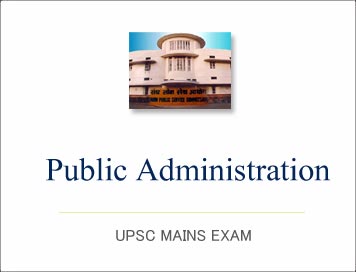
(The Gist of Science Reporter) MCQs on Understanding Ecoterms
[JUNE-2020]
MCQs on Understanding Ecoterms
1. A species that has an extremely high impact on its natural environment relative to its abundance (population) and plays a critical role in the overall structure and function of an ecosystem is known as
(a) Root Species
(b) Endemic Species
(c) Keystone Species
(d) Venture Species
2. The gradual increase in the concentration of nutrients (especially nitrogen and phosphorus) in a water body (such as a lake) promoting excessive growth of algae and causing ageing of the aquatic ecosystem is known as
(a) Biomagnification
(b) Eutrophication
(c) Coagulation
(d) Sedimentation
3. The total amount of greenhouse gases produced to, directly and indirectly, support human activities, usually expressed as carbon dioxide equivalent is termed as
(a) Carbon Footprint
(b) Greenhouse Impression
(c) Carbon Trail
(d) Warming Outline
4. A species that is not native to a specific location and has a tendency to spread to a degree believed to cause damage to the environment, human economy or human health is known as
(a) Martial Species
(b) Threatened Species
(c) Enveloping Species
(d) Invasive Species
5. The process of evaluating the possible environmental, socio-economic, cultural and human-health impacts of a proposed project or developmental activity is known as
(a) Environmental Audit (EA)
(b) Green Audit (GA)
(c) Environmental Impact Assessment (EIA)
(d) Environmental Taxation Monitoring (ETM)
6. A transition area in nature where two distinct communities meet and integrate is termed as
(a) Isotone
(b) Mergitone
(c) Blendosphere
(d) Ecotone
7. The species of plants and animals that exist only in one geographic region are known as
(a) Universal Species
(b) Invasive Species
(c) Endemic Species
(d) Endangered Species
8. The variability among living organisms (including diversity within species, between species, and of ecosystems) from all sources, including terrestrial, marine, and other aquatic ecosystems and the ecological complexes of which they are part is termed as
(a) Species Richness
(b) Biodiversity
(c) Global Evenness
(d) Eco-density
9. The increasing concentration of a toxic substance in the tissues of tolerant organisms at successively higher trophic levels in a food chain is known as:
(a) Eco-accumulation
(b) Detritus Food-chain
(c) Incineration
(d) Biomagnification
10. The place or environment, characterised by both physical and biological features, where a species naturally lives and grows is termed as
(a) Habitat
(b) Ecotone
(c) Locale
(d) Eco-zone
11. Long-term biological interaction between two species in which one species obtains food or other benefits from the other without either harming or benefiting each other is
(a) Parasitism
(b) Mutualism
(c) Commensalism
(d) Competition
12. The scientific study of the distribution, abundance and relation of organisms and their interactions with the environment is termed as
(a) Ecology
(b) Ecosystem
(c) Biosphere
(d) Eco-physiology
13. A neurological syndrome caused by severe mercury poisoning is termed as:
(a) Blue-baby Syndrome
(b) Itai-itai Disease
(c) Minamata Disease
(d) Black foot Disease
14. The amount of dissolved oxygen needed by aerobic microorganisms in the biological process of metabolizing organic material present in a given water sample at a certain temperature over a specific period is termed as
(a) Alkalinity Neutralization Demand
(b) Conductivity Suspension Demand
(c) Dissolved Oxygen Demand
(d) Biochemical Oxygen Demand
15. The development that meets the needs of the present without compromising the ability of future generations to meet their own needs is know as
(a) Justifiable Development
(b) Sustainable Development
(c) Defensible Development
(d) Organic Development
<<Go Back To Main Page
Courtesy: Science Reporter





